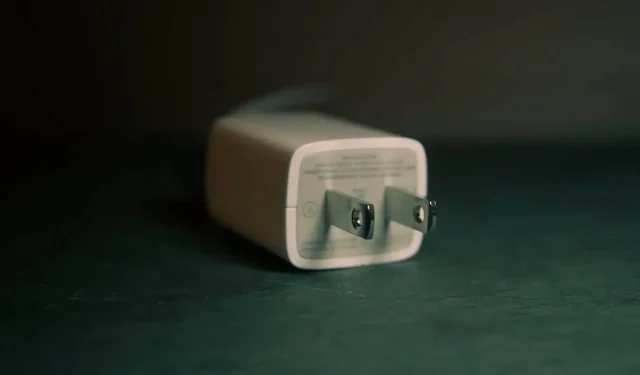US lawmakers, in turn, are in favor of a standard smartphone charger

US legislators, in turn, advocate a standard smartphone charger without offering precise specifications.
U.S. lawmakers sent a letter to the U.S. Secretary of Commerce to “develop a comprehensive plan that will protect consumers and the environment by addressing the lack of a common charging standard in the United States. “And further: “We cannot allow the consumer electronics industry to prioritize proprietary and inevitably obsolete charging technologies over consumer protection and the environment.”
US lawmakers, in turn, are in favor of a standard smartphone charger
These legislators explicitly refer to the decision of the European Union, according to which, from 2024, “all smartphones, tablets, cameras, headphones, portable speakers and portable game consoles” must have a USB charger. The goal is to reduce e-waste and avoid unnecessary plastic items.
In the US, there is no explicit mention of a USB-C connector, but it is clear that USB-C is the most popular standard, and Apple is clearly targeting it here. At the same time, we have been hearing about this for several years, and so far nothing concrete has come of it.
Even if Apple moves to USB-C, it probably won’t affect its licensing. Apple is already using a microchip to make sure all Lightning cables are licensed and work well. The Cupertino company could do the same with USB cables. Will legislators go so far as to introduce interoperability between brands?
Many OEMs such as Samsung have already stopped shipping their smartphones with a charger and cable. The first downside is that you won’t get the fastest possible charge unless you buy the charger separately.
Not offering precise specifications
Implementing a standard like USB-C would also have great benefits. USB Power Delivery supports very high power (over 100W), and owners of a powerful charger can use it with any USB-C device, from a laptop to an electric toothbrush.
Besides smartphones, there are many other small electronic devices that could use USB-C but don’t. So with regard to e-waste, we could make significant progress. The Android ecosystem is already moving in this direction, but it has yet to be quantified.
And the so-called innovative problem with charging is implausible. Although there are some innovations in this area, they did not appear in the connector itself. This will depend on how legislation is defined and what margins OEMs will have. As long as it’s backwards compatible, as is the case with USB-C, there seems to be no limit to charging innovation.
It might make sense to set the standard for relatively low power consumption and/or slow speeds where innovation in both charging and data transfer is unlikely.
Leave a Reply